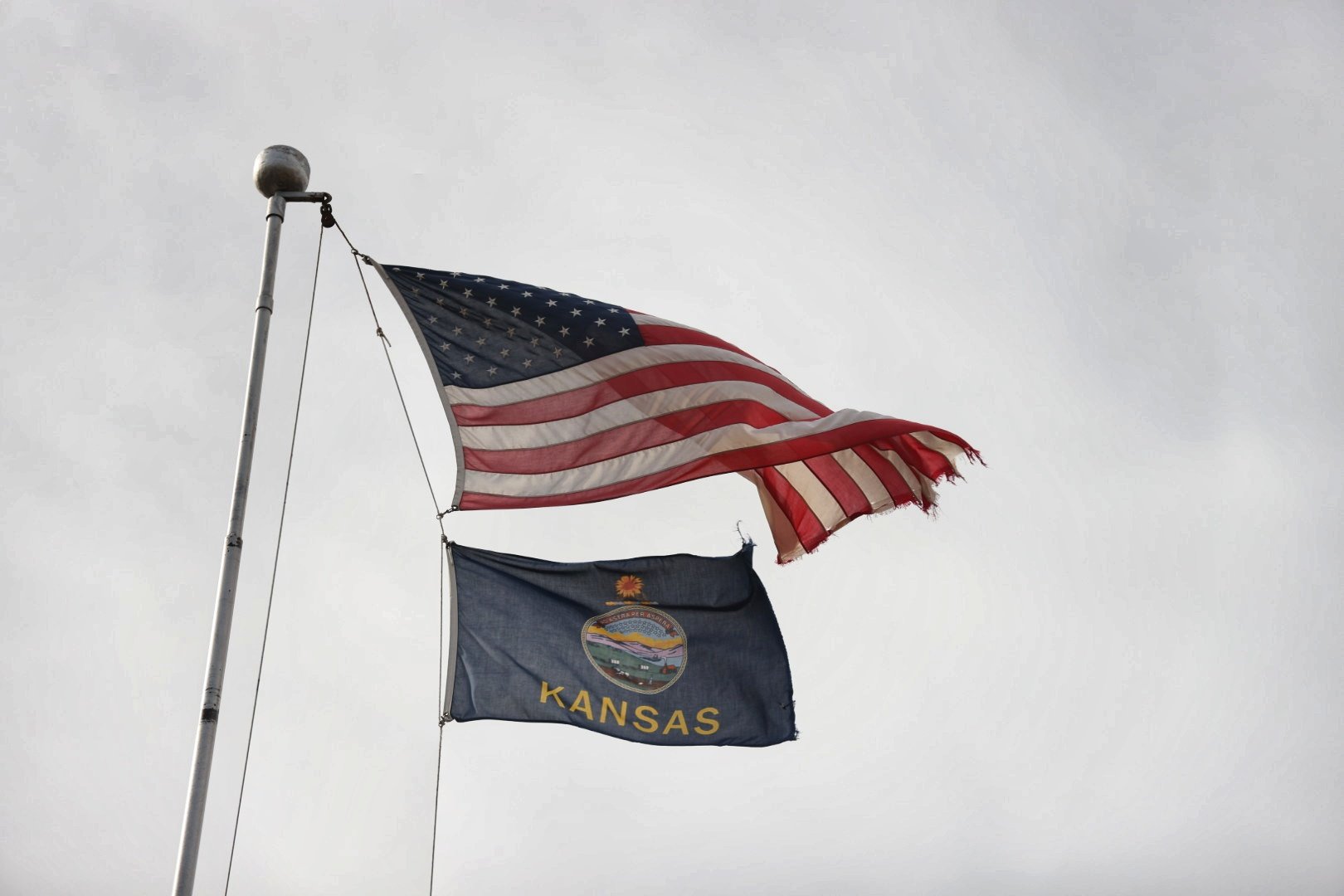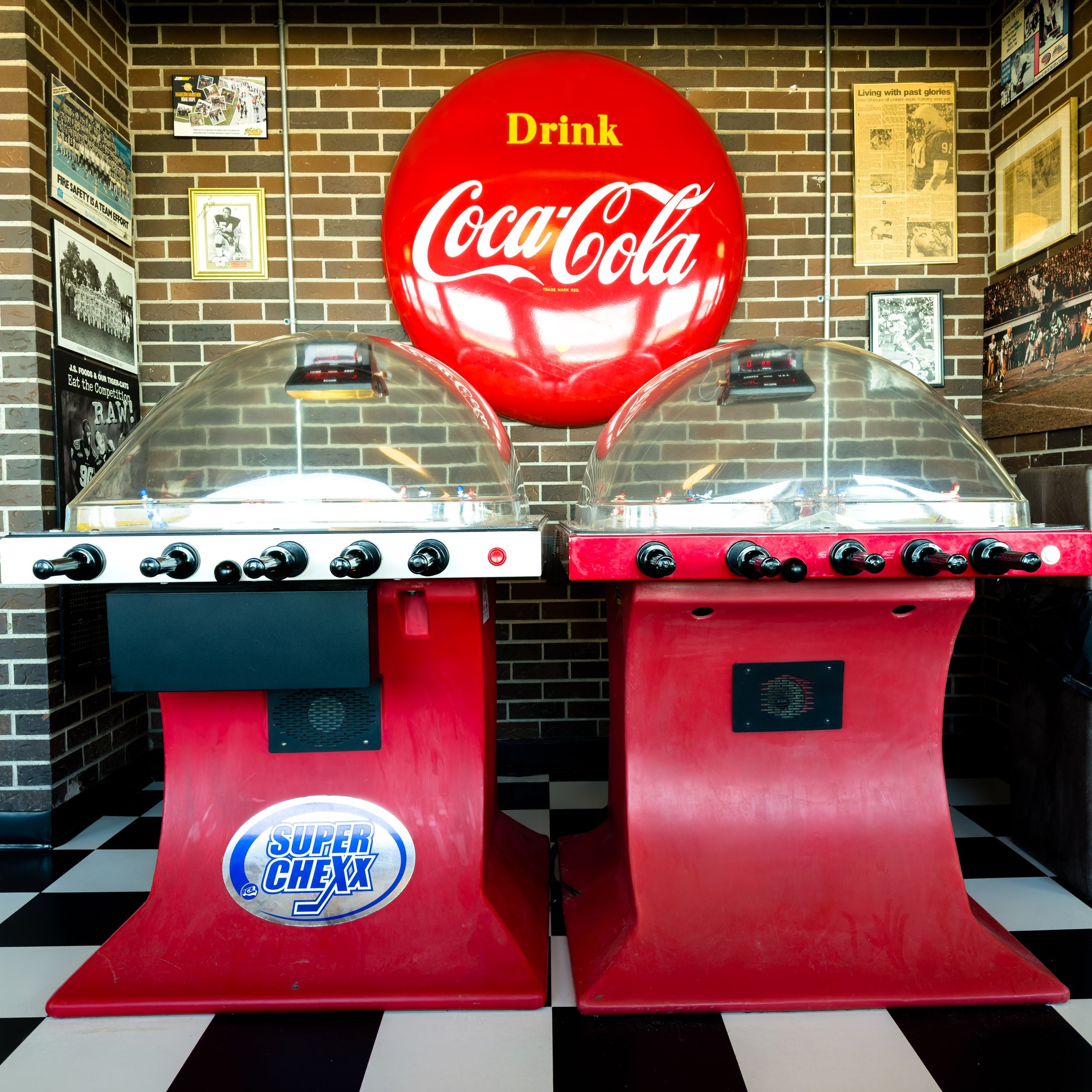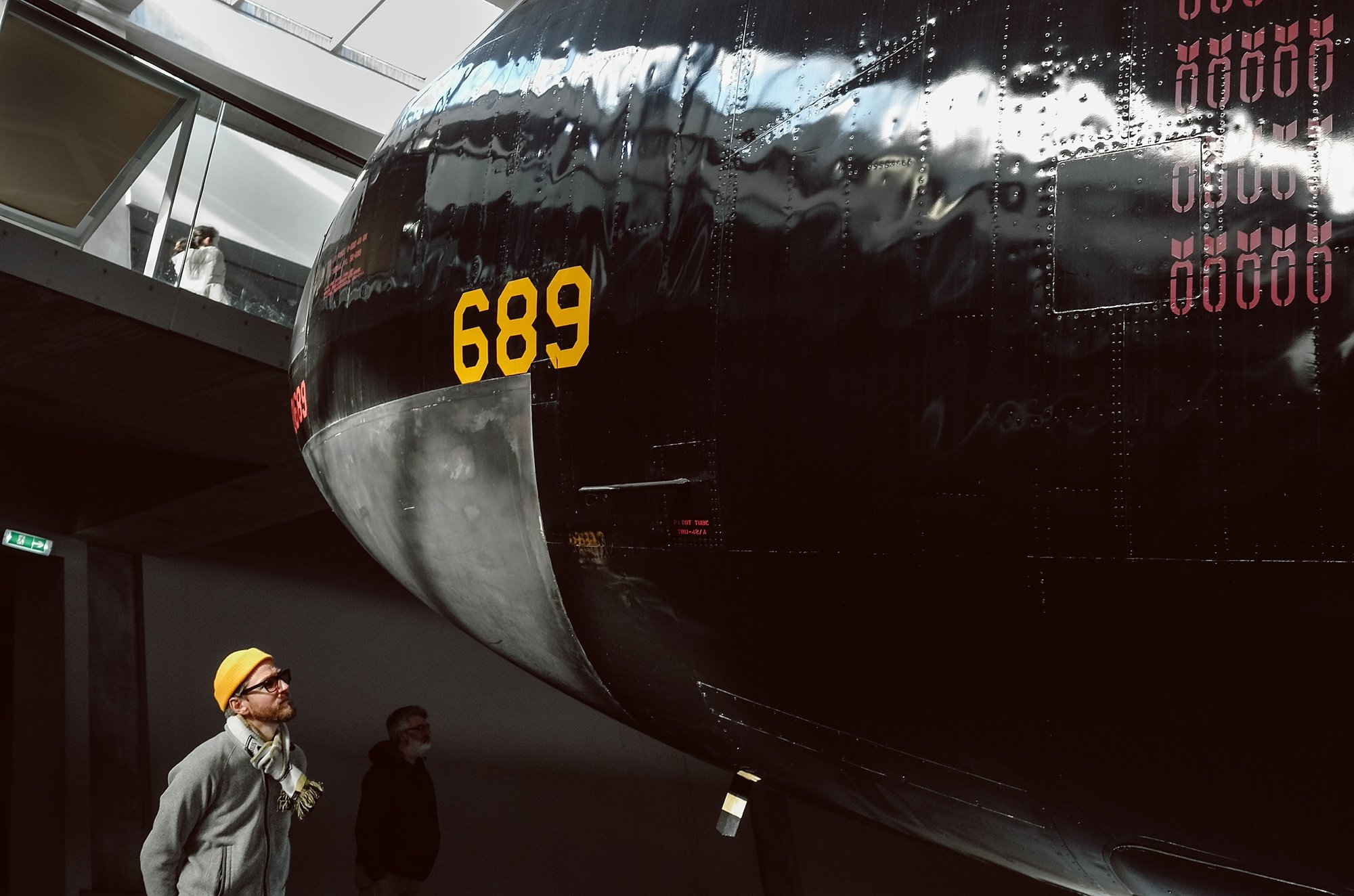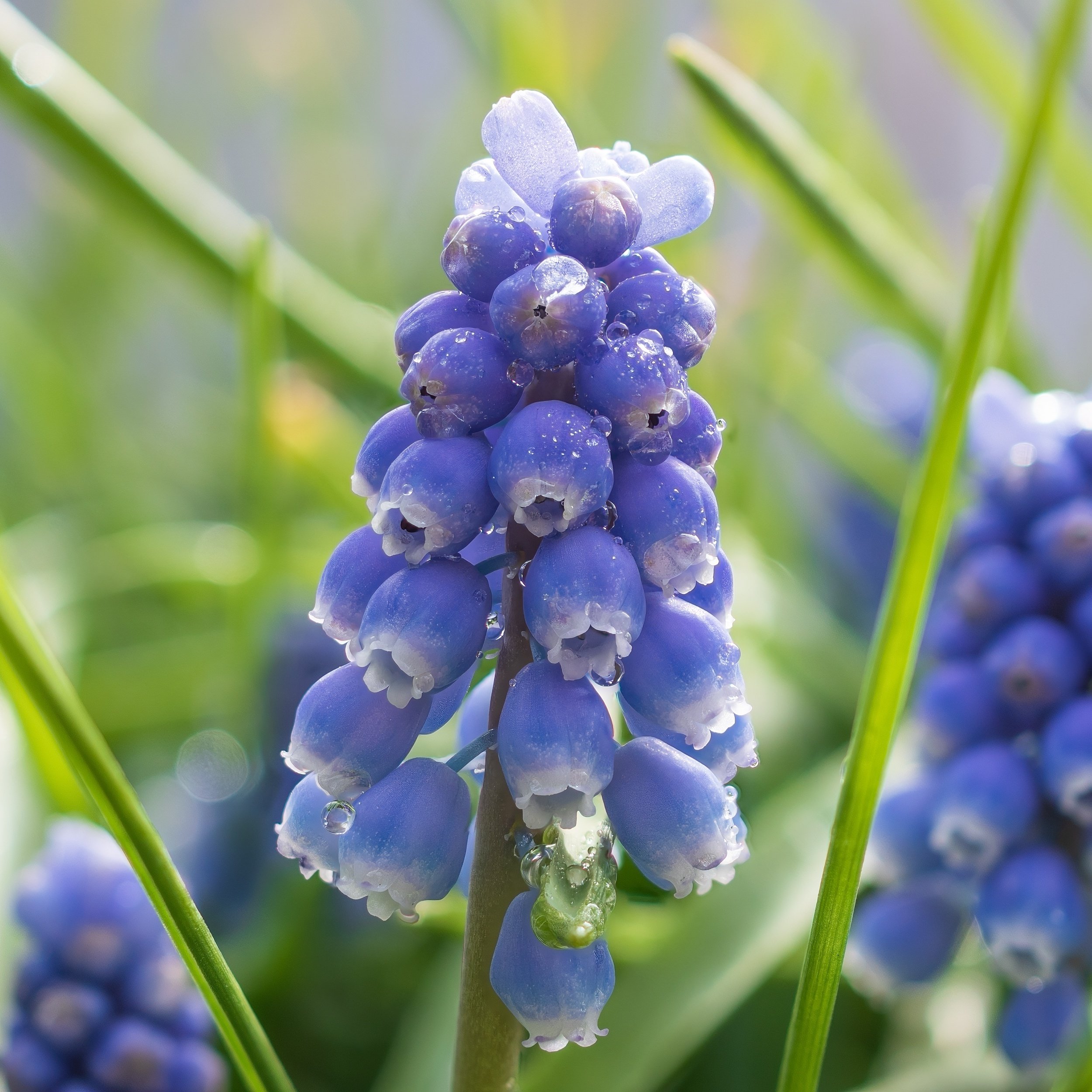FEBRUARY 2023: ARTHUR MEYERSON
“WHERE ONLY COLOUR WORKS”
This month the assignment is a ‘mini-project’ set by commercial and editorial photographer Arthur Meyerson. This assignment was set in episode #367, and appears one hour and eight minutes into the show.
THE ASSIGNMENT BRIEF
From Arthur: Make a photograph that ONLY works in colour. “And if you really want to test yourself, do it with ONE camera and ONE lens and preferably a fixed focal length. Colour can be pastel or soft, so don’t be thinking it needs to be bright.” Open to interpretation, but certainly a photograph, an image, a composition that will only suit a colour record.
HOW TO ENTER
Send your entries to stories@photowalk.show, pictures should be 2,500 pixels on the wide side. Send also your thoughts on how or why you made the photograph. The picture that creates the most intrigue will receive a Photowalk flask.
Entries are shown below and good luck!
Neale
PAUL JOHNSTON: flask winner for FEBRUARY
The first shot (above), Composed Yellow, is a detail from an industrial building near my Pittsburgh home. This photo is, simply put, about shadows and about yellow. Black-and-white would work quite well, but it would represent only half of my delight. The second shot (below), Construction Zone, is a street shot from downtown Pittsburgh. It could be very effective in black-and-white. I shoot b&w probably 85% of the time, and, honestly, there may be nothing —including sunsets— which can't be shot artfully in monochrome. However, in this case, converting color to b&w would introduce a new principal subject. For me, the subject is the middle third, horizontally: a study in the yellow-to-red spectrum against a dull backdrop. That is what caught my eye. The lovely delivery man walking into my frame was a bonus — maybe a reward for obsessing over this location for longer than I intended.
JON DORSETT
I shot this image today. I liked the incongruity of the individual items and the setting, primarily bland and grey but with those little bits of colour that draw the attention and which made the scene interesting to me. See more of Jon’s work.
ROBERT WEIGEL
Here is my entry for the February Assignment. It would be hard to imagine the "Red, White, and Blue" in any medium other than color. Black and white just wouldn't be the same.
LARS HEGAARD
I have rewritten Arthur Meyerson and Jay Maysel's mantra of Light, Gesture and Colour to Light, Colour and Texture!
This weekend my wife and I visited the Turning Point. A small tower situated in the middle of my home town. Although it was built in 2019, this was the first time we had visited it. Apparently, it is too close by. The weather was cold, windy AND sunny, and I was able to catch the light and colour coming through the windows. The title of the photo and the tower comes from the text below describing the art installation.
"The turning point" by Peter Callesen is a so-called conversation tower in Silkeborg, Denmark(-land). It is an oak tower with two staircases forming a double spiral together. The tower is built of 130-year-old oak and was inaugurated in October 2019.
"Two people can walk up the two stairwells from their respective starting points to meet in a common room at the top of the tower with seating and a fantastic view of Silkeborg Langsø (Long Lake). The tower is an analogue work, where, unlike digital media, one has to move physically to reach a conversation with another human being. Through dialogue and meeting other people, one becomes wiser about the world and oneself. When the meeting is over, you can turn around and walk down the opposite stairwell – perhaps this meeting will be a turning point in your day."
I have known my wife for over 30 years, so there is no need for conversation or a change of mind! - I took a picture of 4 different points of view instead :-D Actuall, no, that is not true! We stayed in the room for a while. We talked, and we enjoyed the silence and the togetherness.......... and then I made my picture.
MAURICE WEBSTER
As a predominantly black and white photographer I enjoyed this assignment, taking the opportunity to keep the Monochrom camera in the bag. To add to the challenge, I also used a 90mm rather than my usual 35mm or 50mm. Walking off the beaten track in Venice I saw this scene and was drawn to not just the colours but also the geometry, reflections and the small boat moored on the left. Having taken a few shots I was ready to move on when I heard a gondola approaching. I waited to see if there was another image to make and was delighted to catch this abstract reflection of the gondola and the red rowing oar as it entered the scene. Got to love serendipity!
LYNN FRASER
Taken during a donga stick fight in Ethiopia. See more of Lynn’s travel work.
MARTIN PENDRY
I think High Viz only works in colour. See more of Martin’s work.
ERIK PETERSEN
PAUL FRIDAY
Sea of blue - geddit? :-) And for extra Teacher's Pet Points, I used a fixed focal length lens with manual focus.
ANDREA GILPIN
Early Saturday morning I was walking in the woods listening to this week's podcast when Neale reminded me (and the other listener) about Arthur's assignment. I happened to be taking images of new growth at the time so thought I would send one of the images in. I think if the green of these honeysuckle leaves was removed, the image wouldn't work. The feeling of spring would be lost. (Taken with my 85mm prime lens which I am just getting to grips with). See more of Andrea’s work.
MIKE MILLER
I've got two images (above and below) to submit for February's photo challenge - one made on my i-Phone and the other made with my fixed focal length (30mm for crop sensor) lens. I do believe that neither of these images would work in anything other than colour. (One is a nod to Arthur Meyerson - shouldn't be hard to tell which one that is!)
COLIN MAYER
I shoot both colour and black and white normally and mix and match between b&w and colour when out making pictures, so find it easy to see most colours in black and white but also black and white images in inferred colours. See more of Colin’s work.
ROB MERKESTIJN
A Monday in early February. The sun rises late and sets early. A good portion of the period in between is spent indoors working. Eventually, the possibility arises to call it a day, turn off my computer and get out to soak up the last of the day's sunlight. A short walk in the centre of my hometown it shall be. One lens and an nd filter to do some ICM will suffice. At the end of the walk, this scene catches my eye. I find there's a certain elegance in the branches of these two trees, quite a regular occurrence however, the light and the colours in the background appear to complement it rather well. Time to take off the nd-filter and frame the shot. Though not abstract, it's not a regular shot as well; not quite sure what to think about it but go ahead and capture the frame anyway. If it were not for the colours in the background, I would probably have walked along. See more of Rob’s work.
NEALE JAMES
There’s a part of me that considers this could be too, perhaps, obvious? I had been searching all day for this picture, in some respects. Not that I was looking for colour, but moreover that I really wanted to find a photograph that subtly had a form of rhythm or/and intrigue. A simple moment provided just that. It’s clear that yellow is the key - and if it were black and white, it simply would not have the same effect.
GERT JAN COLE
Quite a challenge to make an image that only works in color. At photography school I was trained to work with leading lines, balance in shapes and tones, and repeating patterns as the building blocks for a composition. It always reminded me of how my composition teachers at the conservatory taught me to work with what I consider the musical counterparts of lines, shapes and patterns: melody, harmony and rhythm. In this scheme, color was just a part of the tonal balancing act, and I was told that photography was a reduction process; from moving to still image, from 3D to a flat surface, and from color to just light and shadow. If a picture could not survive that reduction, it was not a good picture.
However, after hearing Arthur’s assignment I tried to look differently and make an image that would really need color to make it work. When looking at the result I noticed I STILL (second nature, sorry!) worked with lines and shapes, but the color makes the image ;-)
ERIC JOSEPH
What a great assignment for February! Arthur was correct; it was hard. I spent most of the month trying to think of what might be a good photo where color was additive and it finally worked out last weekend. All (above and below) were taken with the Fujifilm X-T5 and the 33mm f/1.4. For the flowers, the reddish table is lost in black and white and really adds something to the color image. The sunrise photo behind the tree would also lose something without the color. Similar to the grass growing in the crack in the pavement. I will be putting the finishing touches on a project inspired by several of your shows over the last few years… photography and mental health. I’ll be in touch soon about them. See more of Eric’s work.
MICHAEL MIXON
I was at a museum in Seattle yesterday with my son and was playing with low-light photography using my Ricoh. While some of the photos I took clearly would work in monochrome (as they were primarily studies in light and shadow), these two I felt needed the color to work. When I converted them to black and white, they struck me as terribly boring...which I guess is a sign that color is a crucial component of the image.
The first one is a shot inside one of the exhibits (focused on independent video games) where they had various stations set up with computer screens and consoles. I just liked the way the colors co-existed in that space - both the complimentary blues and yellows, and then the contrasting coolness of the blue next to the warmth of the red.
The second one was taken inside of a little viewing room inside of the Pearl Jam exhibit, where concert videos of the band were on a loop. My son and I were sitting there when I noticed the window in the form of a P and a J with some colorful posters on the other side. So I just waited until someone walked by and fired off a few shots, with this one being the only one where the person wasn't just a blur.
PHIL FERRIS
(Above and below) I want to take an active part in the community and so I submit my first assignment effort, a work in progress no doubt given the timescale but it's good to make a start. My submission if of the rusty beam and surface of the water - while black and white retains the structure I feel it lacks all of the punch the colour gives - I have other shots that might be stronger but they were taken pre assignment.
In my home village of Porthleven, when a storm is imminent large wooden beams called baulks are lowered into the harbour mouth to keep out the worst of the surging waves, I include a picture of the end of the baulks for flavour but Not as my submission. For the actual submission I leaned out over the harbour mouth to look down the metal beam.
DOM McKENZIE
I took the photo attached as part of scouting out a project I’m working on. For me it only really ‘works’ in colour because of the way the reds of the rust on the pipes mirror the reds of the grasses/undergrowth in the foreground and balance with the greens of the moss. Obviously that’s lost in B&W, which is a shame as it’s B&W project.
























